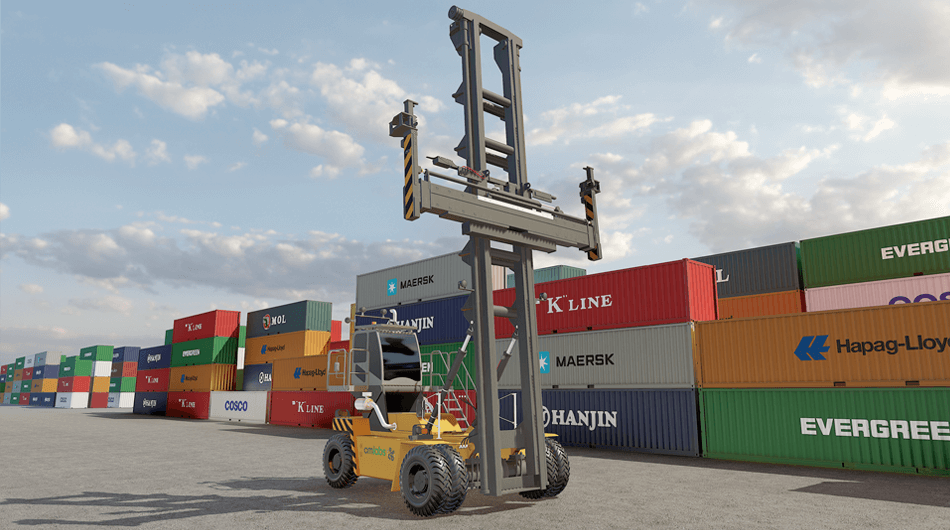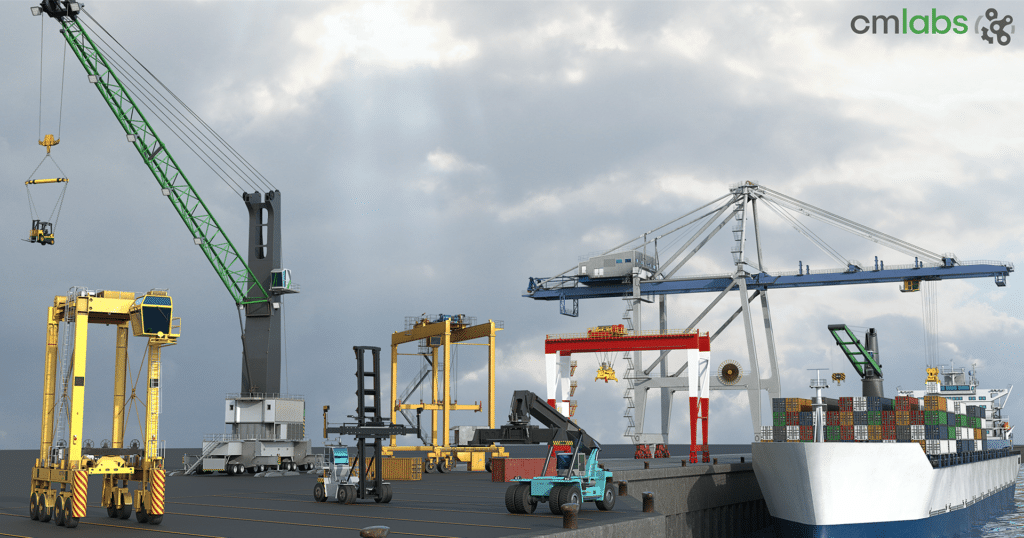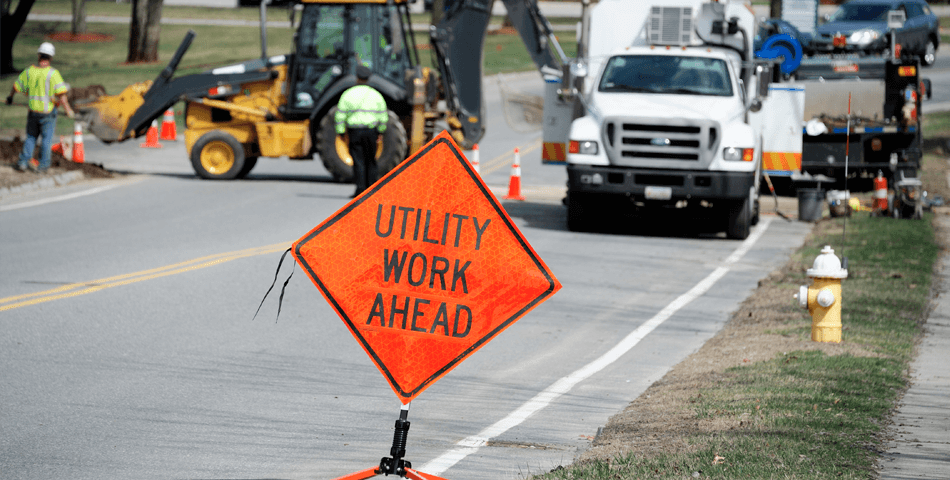Counting the costs of safety violations in the construction industry
Construction sites, by their very nature, present an element of risk; and hazards are amplified whenever heavy equipment is on the job site. As a result, construction work consistently ranks high on the list of most dangerous occupations.
To help ensure safe and healthful working conditions, the Occupational Safety and Health Administration (OSHA) was established. Written with the best interest of workers – and employers – in mind, OSHA regulations are thorough, and infractions carry severe consequences. Employers may be reprimanded for violations ranging from failure to submit paperwork to a workplace fatality. And states that operate their own occupational safety plans are required to adopt penalties at least as stringent.
Here is a listing of OSHA violation classifications and penalties.
Willful: A violation committed with an intentional disregard of the requirements of OSHA regulations. This carries a fine of $134,937 per violation.
Serious: A violation in which there is a substantial probability that could result in death or serious physical harm and the employer should have known of the hazard. Again, a penalty of $134,937 per violation.
Other-Than-Serious: A violation that has a direct relationship to safety and health but would likely not cause death or serious physical harm. The fine is $134,937 per violation.
Failure to Abate: A violation when a previous citation has not been corrected and the abatement date has passed – or when interim measures involved in a long-term abatement have not been completed within the time given. The penalty is $13,653 per day beyond the abatement date.
Repeated: A violation of any standard, regulation, rule, or order where, upon reinspection, a substantially similar violation is found. Citations may be used from multiple sites to issue a repeat violation. The penalty is a fine of up to $134,937 per violation.
Worksite Safety
Construction worksite safety violations are costly – not only in terms of OSHA fines; but can also impact such areas as worker turnover, insurance rates, litigation, project over-run penalties, lost contracts, and more.
Next to payroll, workers’ compensation insurance is generally a contractor’s biggest expense. A single injury claim can result in a substantial rate hike and hundreds of thousands of dollars in medical expenses. Recouping such losses with additional contracts isn’t easy for the average construction company.
At the same time, many construction companies submit regular bids for federal and state funded jobs. For those with clean safety records, this can be an on-going source of work. Conversely, those with a history of violations are generally excluded from these bids forfeiting hundreds of thousands, sometime millions, of dollars.
And research sheds light on additional safety benefits. In their paper, Relationship between Construction Safety and Quality Performance, published in the Journal of Construction Engineering Management, the authors suggest a strong correlation between worksite safety and job quality. Equally, unsafe work habits contribute to errors, rework, missed schedules, and cost over-run.
On a larger scale, infractions have been known to cost lives and cripple or even destroy a company.
“Failure to properly shore up trenches is the leading construction-related violation,” said Ms. Terri Olson, Owner of OE Construction and Next Gen Equipment Training (Golden, CO). “And fines can reach six figures. There was a case here in Colorado where shoring equipment wasn’t used, and the trench collapsed killing two workers. In addition to a substantial OSHA fine the company’s owner was criminally prosecuted. That mistake impacted a number of lives and put a company out of business.”
Safety Pays
From overhead powerlines to underground utilities, there are hazards on any job site. But the most dangerous object on any construction site is complacency. Tailgate meetings between supervisors and crews before the start of a shift allows hazards to be identified, weather and ground conditions discussed, and safety precautions to be clearly communicated.
OSHA and similar safety standards are here to stay; and companies that welcome and demand best safety practices from its employees will be rewarded. Aside from avoiding fines and litigation there are other reasons to take safety to heart.
“Two years ago, OE Construction experienced $60,000 worth of equipment damage due to operating issues,” said Olson. “Soon after, we began emphasizing safety and training. Last year saw a significant improvement as that number was slashed to $5,200.”
The Bottom Line
Contractors may be reluctant to fully invest in safety for any number of reasons. Some may have limited funds to allocate, others are unwilling to pull productive employees from a job, and there are those who deem current practices to be good enough. Regardless of why, it’s safe to assume that such companies simply fail to recognize the quantifiable benefits of health and safety to both the worker and the company.
In their paper, Costs of Occupational Injuries in Construction in the United States, the authors find that the average construction fatality was estimated to cost the organization a whopping $4 million. At $42,000 per case, non-fatal injuries resulting in worker absence exceeded the per case average of $37,000, in all private industry.
Like any investment, safety costs money. In the long run, however, it can have a sustained and measurable ROI. Safety saves lives, reduces injuries, and increases profit. Recent findings presented on ELCOSH (Electronic Library of Construction Occupational Safety & Health), further corroborate the financial advantages of such an investment.
- Findings show that accident prevention can be improved without higher costs and slower schedules.
- Workplace injuries account for 6-9% of project costs whereas an effective health and safety program accounts for only 2.5% of those costs.
- Increased training, more frequent inspections, and more health and safety meetings result in fewer lost-time injuries, lower costs, and a larger profit margin.
The bottom line is this… the higher the safety investment in a project, the lower the injury rates, and the higher the profit.




